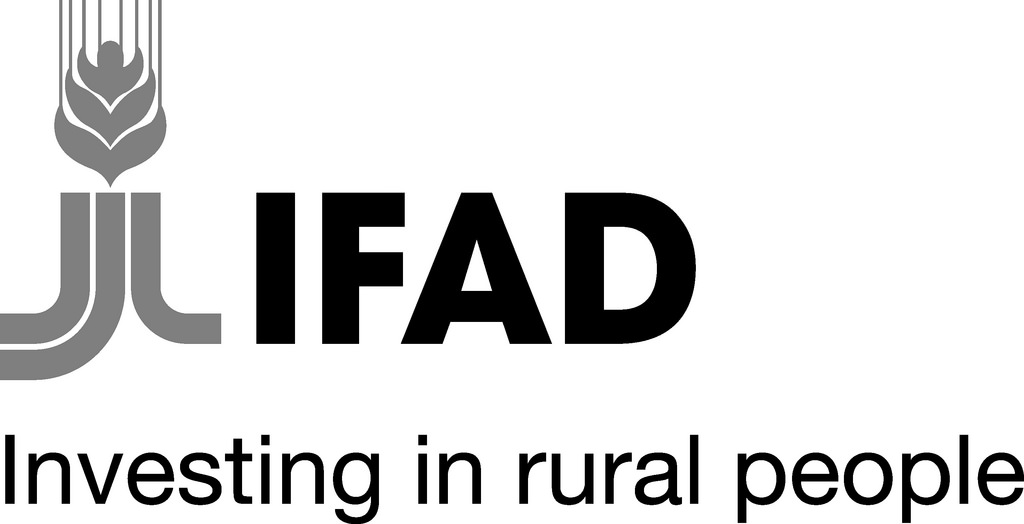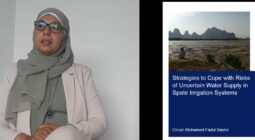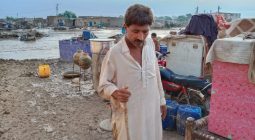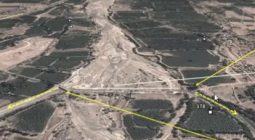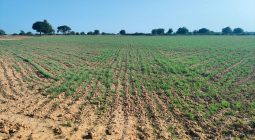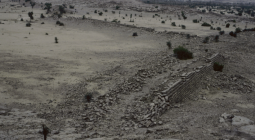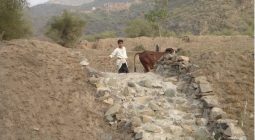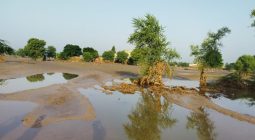Livelihoods from Floods
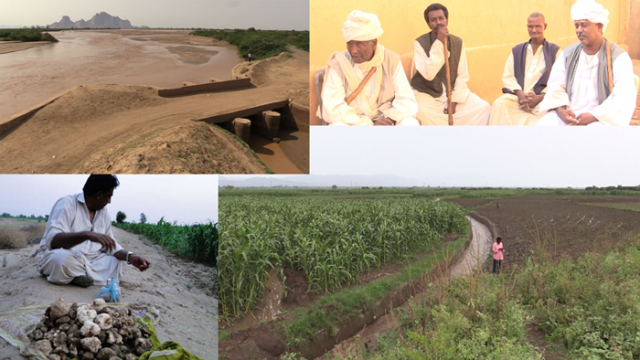
Water availability is increasingly under pressure as a result of population growth, environmental degradation and climate change. More than ever, the potential offered by seasonal floods needs to be harnessed; to strengthen agricultural livelihoods, to improve social equity and to increase the ecosystem integrity.
Harnessing floods is a quintessential method to allow rural communities in vulnerable areas to adapt to climate change. For many farmer communities who depend on agriculture and fisheries, floods are not a hazard but rather an asset.
Flood-based Livelihood Systems can be classified in different categories:
- Floodplain agriculture: cultivation of flood plains, using rising and receding floods;
- Spate irrigation: diversion of short floods from seasonal rivers or wadis to fields by means of bunds and canals. A traditional method in Yemen, Pakistan and North Africa and currently expanding in Eastern Africa;
- Inundation canals: irrigation through canals that fill up by temporarily high water in rivers. A common system in ancient Egypt, and continues to be so in parts of Sudan;
- Depression agriculture around temporary wetlands: dambos and bas-fonds are common in the humid areas of West, Southern and Central Africa.
Other productive activities carried out in floodplains are:
- Fisheries with floodplain ponds and finger ponds: when water levels increase in lake basins and floodplains in mainly West Africa and South East Asia, small ponds are filled with water and fish fauna. After the water has receded, fish get trapped in the ponds and are grown for human consumption;
- Flood pastures: pastoralist communities use flooded areas for cattle grazing;
- Timber and bushlands: forest and bushlands are common in floodplains, being used as an important source for fuelwood and fodder harvesting;
A group of young professionals working on strengthening flood-based livelihoods systems from across the world came together in Wageningen in April-May, 2017. They spent two months exchanging experiences, learning from each other, and strengthening their capacities with support from the Flood Based Livelihoods Network.
This theme page brings together some of their stories, perspectives, and reflections. Together, they form a snapshot of the current status and future prospects of flood-based livelihoods globally.
For more on Flood Based Livelihoods, visit floodbased.org
Videos
More >Articles
More >Blogposts
More >Dossiers
- Water and Development Partnership
- Preserving Assets - Operation and Maintenance in Delta’s
- Locally-Led Adaptation in Practice
- Managing Desert Locusts
- Green Roads for Water
- Dryland Development
- Green Transformation
- Regenerative Agriculture
- None left behind
- Stories from the Arab World
- Water in the newsroom
- The underground drought
- Is the world getting saltier?
- Mega Irrigation
- Water integrity
- Livelihoods from Floods
- Water Productivity
- Uncategorized


